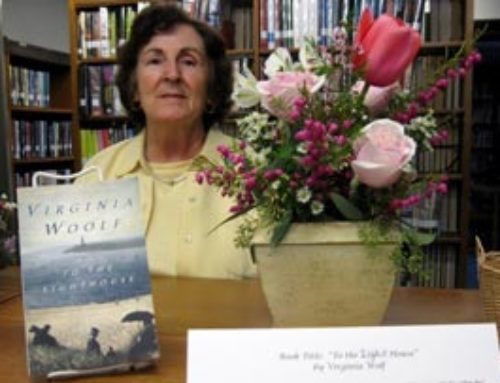Author
ActSmartWeb
Share

Growing flowers in containers – window boxes, pots, hanging baskets – has several things in its favor. For one, there is more effect per plant. A few marigolds in a garden bed are apt to look sparse, but the same number of plants growing in window boxes can look bountiful and complete. Window boxes placed above ground often enjoy more sunlight than on the ground below. Pots and hanging baskets have the added virtue of portability; they can be moved to spots where conditions are right. Best of all, container culture brings gardening to people who have no more space than a balcony or window ledge several stories up. There are more good things to say about container gardening than bad, but there is an important drawback: increased maintenance. There is a limited amount of soil and, because the sides of containers are exposed to the air and hot sun, the soil dries out and loses nutritive supply very fast, so they need water and fertilizer more regularly than plants in a garden bed. Here are a few tips for success: • Soil. Rather than mix your own [one part peat moss or compost, one part garden soil, and one part builder’s sand], you may use packaged soil, but make sure it is not entirely soil-less. It needs at least one-third-part soil to help hold moisture. Add a slow-release fertilize so the plants are given gradual doses of nutrient as they develop. • Selecting plants: The best plants for container gardens are annuals. The most popular is petunia, even though they do become leggy and raggedlooking by midsummer. They will revive and come back if cut back after they get rangy. Other good choices are ageratum, coleus, browallia, lobelia, and sweet alyssum. Still others are geraniums, dwarf marigolds, dusty miller, wax begonias, impatiens, verbenas, vincas, and dwarf zinnias. Hanging baskets do best with three to five matching individual specimens to give it a full look. Impatiens are good as well as Million Bells petunias. Large pots or window boxes do well with geranium, dusty miller, and lobelia. In large pots or tubs you can even put in bell pepper, parsley, or rosemary in the center, surrounded by cascading lobelias. Don’t add too many flowers or they will overwhelm the vegetables. Planting: Place an inch of drainage material, such as gravel or clay shards from broken clay pots, in the container bottom. Next put in the soil, to about an inch or two below the top and then set in the plants. Finish up by tamping soil to about an inch below the rim of the container. Care: Containers need frequent watering, especially in midsummer. In spring, seedlings are small; do not overwater. The best gauge all season long is to water when the top half- to one inch of soil dries out. Be sure the soil mass is completely moistened and don’t stop until the water comes out the bottom. Fertilize every other week with solution of water and water-soluble fertilizer. If you have used the packaged soil you will have to water carefully as these mixes tend to pull away from the sides of the container when they become dry and water runs right out along these spaces without penetrating to the roots.Your Content Goes Here


